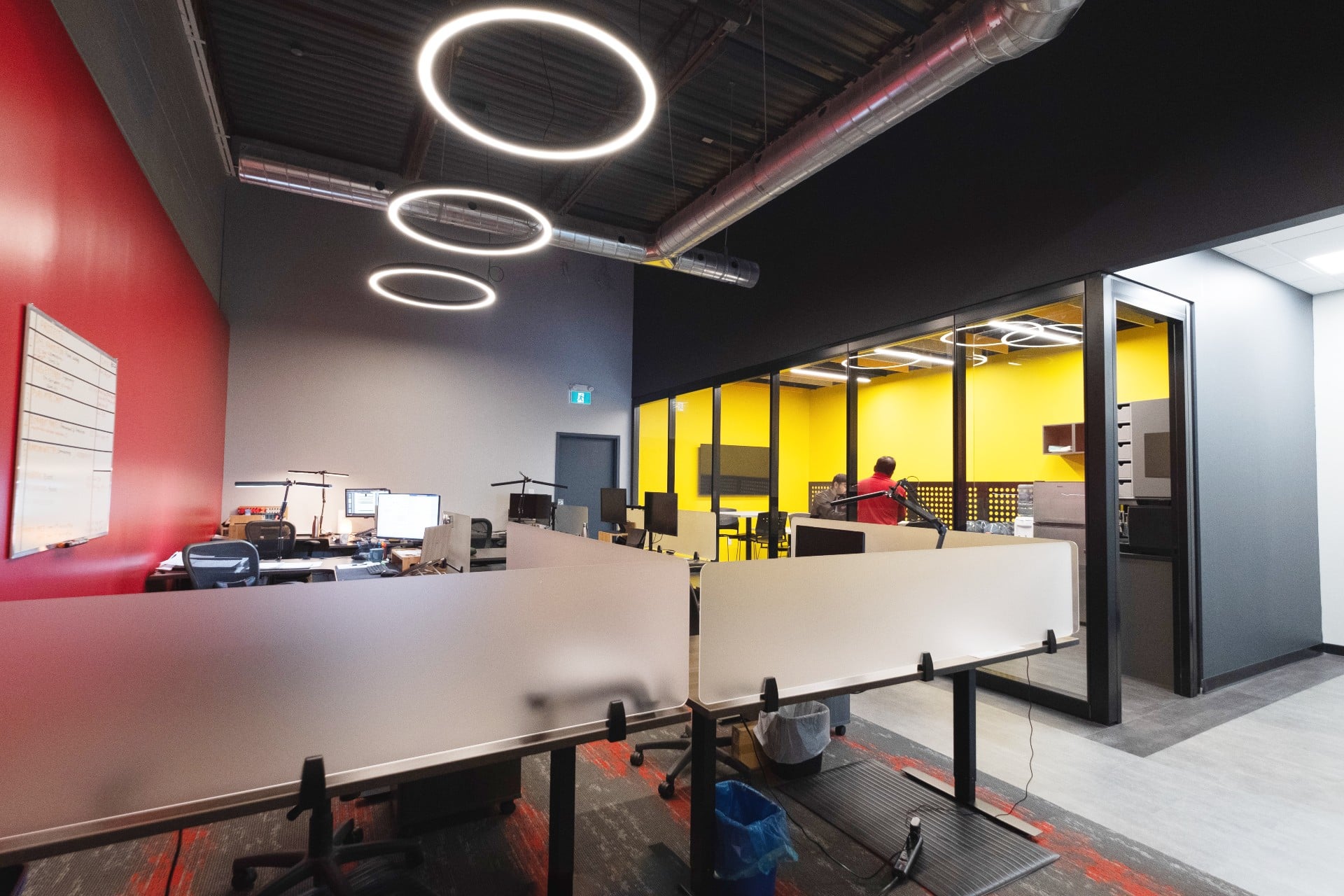Colour temperature in lighting refers to the warmth or coolness of the light emitted by a light source, typically measured in Kelvin (K). Understanding Colour temperature is important when selecting lighting for various spaces and purposes, as it can greatly influence the mood and appearance of a room. Here’s what you need to know about colour temperature in lighting:
Warm vs. Cool Light:
Warm light has lower colour temperatures, typically ranging from 2,700K to 3,000K. It has a yellow or orange tint and is often described as cozy or inviting.
Cool light has higher colour temperatures, usually between 4,000K and 6,500K. It has a bluish-white appearance and is often associated with a more energetic or clinical feel.
Common Colour Temperatures:
2,700K to 3,000K: Often used for residential lighting, creating a warm and comfortable atmosphere suitable for bedrooms, living rooms, and dining areas.
3,500K to 4,100K: Considered neutral white light and is suitable for general use in kitchens, bathrooms, and workspaces.
5,000K and above: Tends to be cooler and is used in spaces where task lighting and high visibility are important, such as offices, hospitals, and retail environments.
Application and Mood:
The choice of colour temperature can significantly impact the mood and functionality of a space. Warm light is often preferred for relaxing and intimate settings, while cool light is favoured for tasks that require focus and concentration.
Consider the Setting:
When selecting lighting for a particular room or setting, consider its purpose. For example, warm lighting is ideal for creating a cozy ambiance in a living room, while cool lighting might be better suited for a well-lit kitchen or home office.
Layered Lighting:
Many interior designers recommend using a combination of lighting sources with different colour temperatures to create depth and flexibility. For instance, you can use warm ambient lighting with cooler task lighting for a balanced and adaptable environment.
Natural Light:
The colour temperature of natural daylight varies throughout the day. Morning and evening sunlight tends to be warmer (lower Kelvin temperatures), while midday sunlight is cooler (higher Kelvin temperatures). When designing lighting for a space, consider how it interacts with natural light to achieve the desired effect.
LED Lighting:
LED (Light Emitting Diode) bulbs are available in a wide range of Colour temperatures. They are energy-efficient and offer flexibility in choosing the right colour temperature for your needs.
Dimming Options:
Dimmer switches are a great way to adjust the colour temperature of your lighting to suit different activities and moods. Some LED bulbs are compatible with dimmer switches, but it’s essential to check the product specifications before purchasing.
In summary, colour temperature in lighting is a crucial factor in interior design, affecting the atmosphere, functionality, and aesthetics of a space. Understanding the concept and considering the specific needs of each room or area will help you make informed decisions when choosing lighting for your home or workspace.

